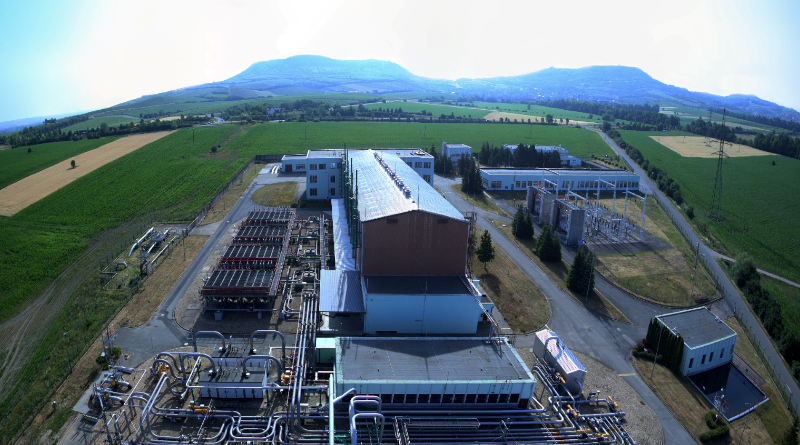The energy storage era is upon us.

European citizens increasingly demand energy that is greener and available when needed. European gas storage operators are preparing to become a driving force of that transition by storing excess renewable energy, writes Lubor Veleba.
Lubor Veleba is President of Gas Storage Europe (GSE) and Board Member of Gas Infrastructure Europe (GIE).
This shift of focus from competition to decarbonisation has started in the electricity sector but other sectors already follow. The challenge for that to happen: a greater need for energy flexibility with energy storage as the main provider (read more here).
Against this backdrop, European gas storage operators are preparing to be part of the future world of energy and even be the driving force as storing the excess of renewable sources will foster their deployment (ending risk of curtailment). Storage operators around Europe now run demonstration projects, many on a hundred MWh scale, including power to gas, power to fuels, power to heat, methanisation or storage of pure hydrogen.
Gas storage facilities were built as an integral part of the natural gas systems, together with transmission and distribution systems, and for decades provided the primary asset of gas systems – flexibility and ability to store in different timeframes and on large scale. In fact, today, gas storage capacity in the EU is around 1,000 TWh enabling to store gas for periods ranging from hours to several months.
This existing storage capacity can be used in future for various green and decarbonised gases. Once the gas system adapts the surface parts to these new gases, gas storage brings only little additional complication with its subsurface part. Storage operators believe that gases such as biomethane and synthetic methane would be accpetable also for all types of gas storages and pure hydrogen would work for cavern storages.
Gas storage today has a unique position in that it keeps strategic options open for policy makers. In parts of Europe where today‘s agenda is dominated by renewable energy sources and zero-carbon economy, gas storage can provide long range energy storage thus complementing the battery technology through technologies such as power to gas. Where policy makers still need to focus more on removing lignite from the energy mix, gas storage can be instrumentál in supporting natural gas as an immediate solution.
Gas storage has been helping end-users to decrease cost of transmission, provide insurance against technical downtimes, against interruption of supply and against price shocks in its traditinal natural gas sector. In the last several years, storage operators struggled to cover their costs as the summer winter spreads of futures gas prices on traded gas markets – a typical storage valuation approach – shrinked and as the systém and insurance values of storage saw little if any discovery by markets.
The system and insurance values of gas storage, or in the words of economists positive externalities, result from benefits reaped by other gas market participants and other sectors such as electricity. That is why we need a new regulatory approach in Europe that would recognise these additional values. Governments and national regulators would be foolish to lose gas storage assets and should seek a solution how to bring some of this hidden value to storage operators, in the words of economists internalise these externalities.
In fact, to quantify the cross-sectoral impacts of a reduced gas storage capacity, GIE has recently commissioned a study with Artelys which preliminary results were presented at Madrid Forum last week. The study analyses the ability of the electricity system to meet the demand with a reduction of gas storage capacity at EU level. This allows the capacity value of European gas storage capacities to be evaluated for the first time. In this analysis, and based on ENTSOs joint scenario assumptions, we observed that in 2030 additional operational expenses of EUR 1 billion per year arise from about 10% reduction in gas storage capacity as more expensive power generation units need to dispatch and an electricity demand curtailment arises already from 20% of gas storage capacity reduction.
With no changes in the regulatory framework for gas storage market, the market will lead to sub-optimal level in terms of storage capacity. As the above mentioned analysis indicate, further capacity reduction puts the security of supply and resilience of electricity and gas systems at risk and the opportunity to go through the energy transition at the optimal for society cost may be lost.
A range of regulatory approaches is available according to the study GIE conducted with FTI-CL Energy on the measures for a sustainable gas storage market. The relevance of the study lays in bridging the EC’s market-based approach to its long-term vision and calls for a revisit to the regulatory framework.
Gas storage can be the missing element in the future world of decarbonized energy if we get it right and, by changing the fundamentals on the supply side, become the driving force in development of the decarbonised energy world.





